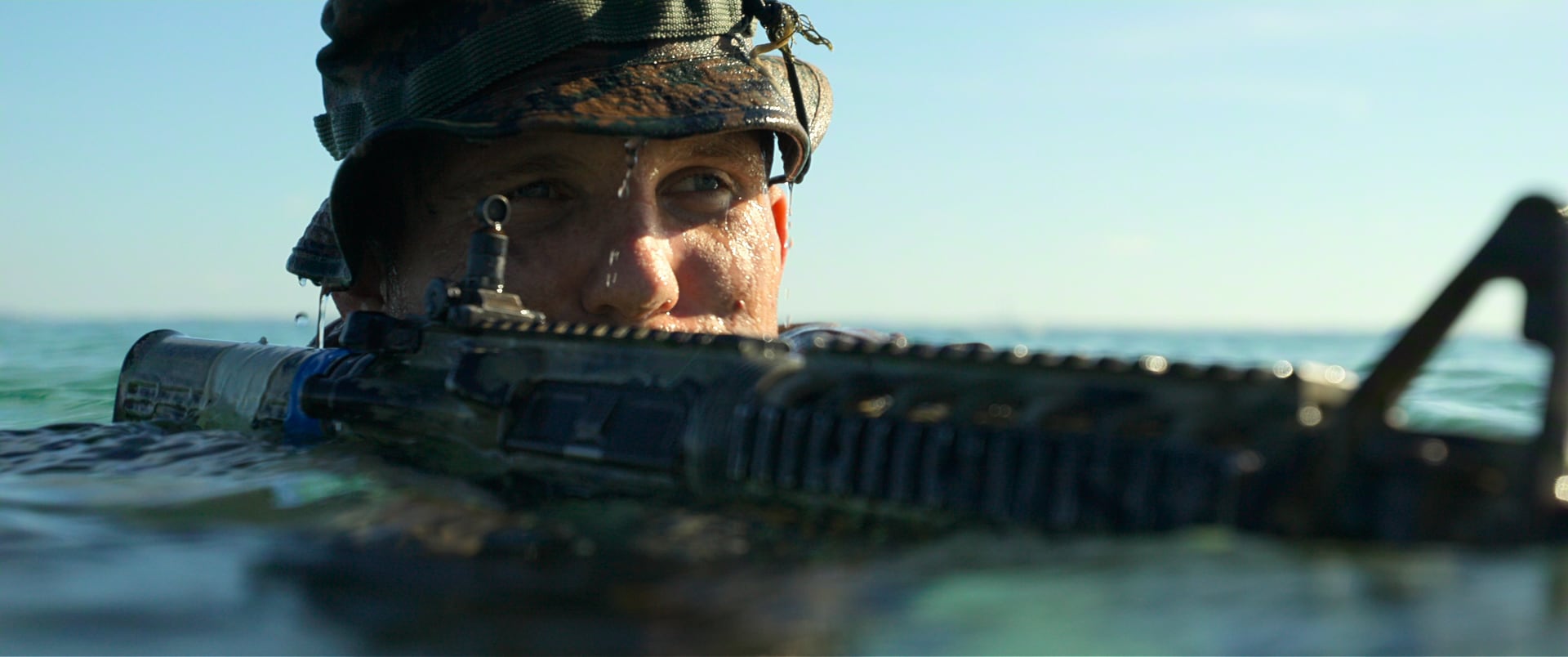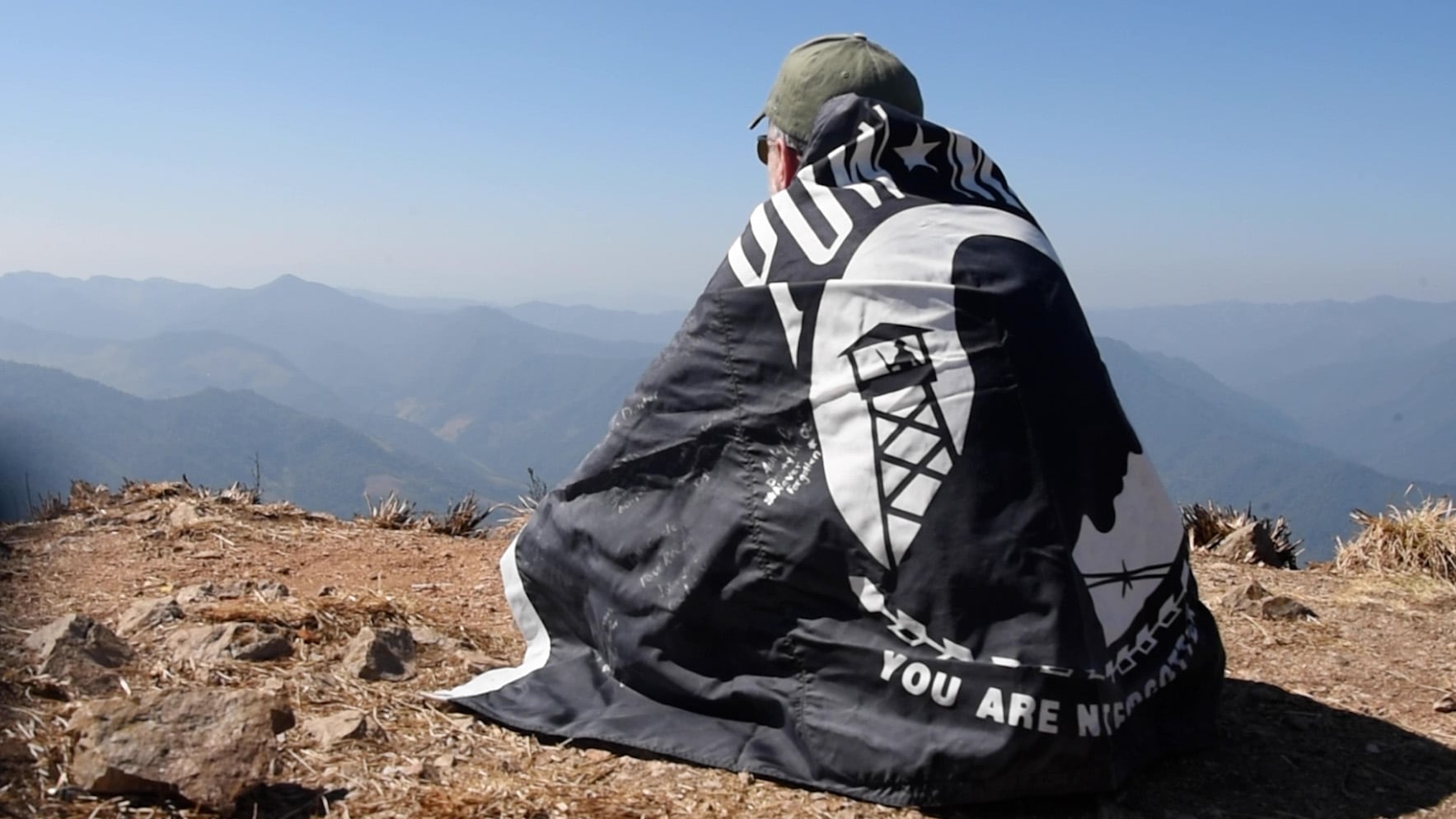The littoral combat ship program's Crew 204, stuck in Singapore for months, is back with their families now after being detached last week.
The crew returned to San Diego over the weekend, capping off a nine-month deployment that was supposed to be no longer than four or five months. LCS Crew 203 officially relieved the crew on April 15, according to a release from Naval Surface Force Pacific.
The crew made the best of their time in Singapore, working with navies in the region and giving better structure to the Navy's forward-deployed presence in Singapore, the release said.
"We … exposed the potential to cultivate new maritime partnerships due to the unique attributes and characteristics of the LCS platform," Cmdr. Scott Larson, crew 204's commanding officer, said in the release.
"Perhaps most significantly, we accomplished all of these things while laying a solid foundation that will inform future LCS deployments and shape the direction of the LCS program in a positive and profound manner."
The crew conducted a counter-piracy patrol in the Sulu Sea, a maritime interdiction operation in the South China Sea and operated with other navies, including the Brunei fleet, the release said.
Crew 203’s training was held up by a lack of trimaran LCS hulls to train on. New training standards rolled out in a shakeup of the program last year meant that crews certifying to deploy needed time underway, but the ships were all occupied in maintenance and repairs.
The changes include an overhaul of the LCS’s crewing model.
Under the original crewing plan for the LCS fleet, three crews of about 50 sailors each rotated between two ships, which meant sailors would spend four-to-six months deployed on the ship, about six in pre-deployment workups and six months off hull for training and leave. Much of the training and certification was supposed to be done in a simulator to free up ships for tasking. All this was meant to keep the LCS forward-deployed and underway for as much time as possible.
But the high-profile crew failures on Freedom and Fort Worth, in which crew members caused breakdowns, prompted senior Navy leaders, including top surface warfare officer Vice Adm. Thomas Rowden, to change how the LCS fleet conducts business.
From now on, the ships are going to be manned by two crews of roughly 70 sailors that trade on-hull and off-hull time. The reboot also scrapped the mission-module concept, where each ship was manned by a core crew and could rapidly switch out mission packages from, for example, an anti-surface warfare module to an anti-submarine warfare package with a permanently assigned crew of specialists.
The new concept assigns roles to each ship, while entire crews will train for that specific type of warfare.
"When I send out USS Gabrielle Giffords to do anti-submarine warfare, I want 70 sailors doing anti-submarine warfare, 93 with the air detachment," said Vice Adm. Thomas Rowden in a September interview. "There’s none of this, ‘Hey we are a jack of all trades business.' No, we are signed up on this mission and this is the mission we are going to go execute. Simplify the mission in the minds of the individuals and make them experts in the execution of it."
Larson, Crew 204’s skipper, said leading his crew through their deployment was an honor.
"It truly has been an honor and privilege for this crew to lead Coronado on her maiden deployment," said Larson. "We made a meaningful contribution to maintaining regional stability in a highly dynamic theater of operations, and demonstrated the important role that LCS can play with respect to strengthening bilateral relationships and enhancing interoperability with key maritime partners."





